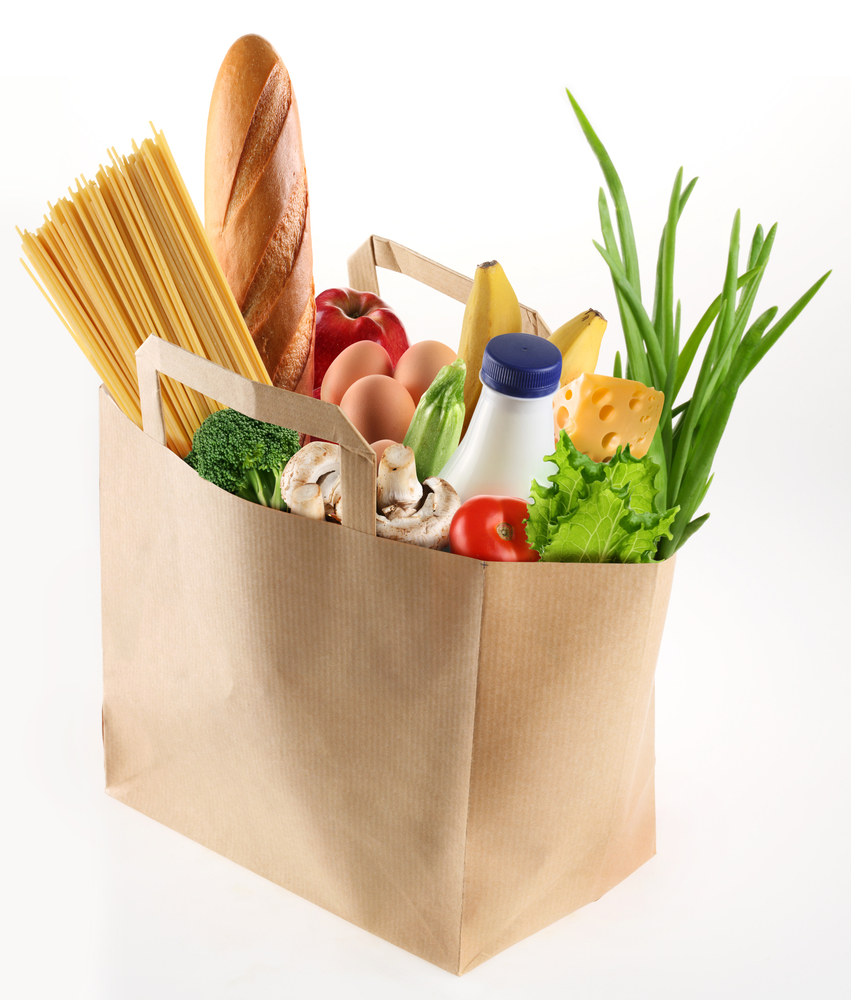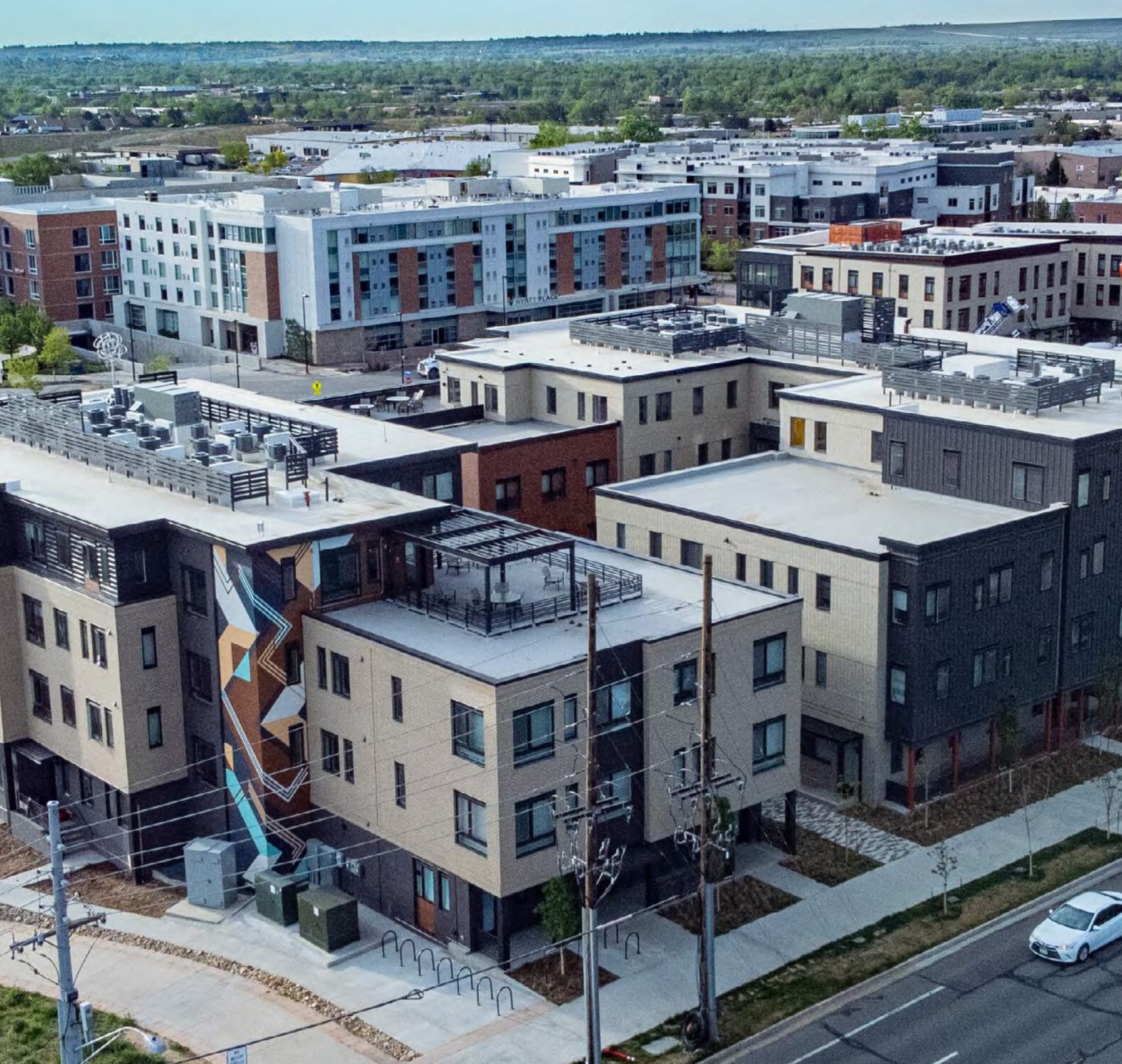What. This guide is intended to help food assistance and health care organizations collaboratively design a Food Is Medicine (FIM) program. FIM programs are rooted in the understanding that the food we put into our bodies influences our health. FIM programs seek to improve health or treat disease or illness by influencing dietary behaviors. We focus on three intervention models:
- Medically-Tailored meals (MTM). Meals provided to patients as part of a treatment program for a health condition, such as a diet-related disease. Food is selected by a Registered Dietician Nutritionist (RDN) or equivalent.
- Nutritionally-Tailored Food Packages (Also known as medically-tailored food packages). Bulk food or grocery packages provided to patients as part of a treatment program for a health condition or prevention of a diet-related disease. Food is selected by an RDN or equivalent.
- Nutritious Food Referrals or Packages. Referral or “prescription” for healthy food provided to a patient from a health care provider. The healthy food prescription is filled by the patients receiving a package of bulk food (e.g., CSA box) or by selecting healthy food at a retail location such as a grocery store or farmers’ market. Food is healthy and nutrient dense, but not tailored to a specific treatment program.
How. We recommend using the document in the order presented. Use the Model Comparison and Supporting Information (highlights from research and input from the field) to understand opportunities. Use the Objectives and Questions for Consideration as prompts for discussion, negotiation, and decisions.
Who. This guide is intended for use by potential partners across the health care sector (e.g., physician’s office, outpatient clinic, hospital, etc.) and emergency food sector (e.g., food banks, pantries, etc.).
When. Use this guide at a pre-partnership stage; i.e., when a food bank/pantry and a health care setting have identified a need and/or desire to work together to develop a Food Is Medicine intervention, but before an intervention has been designed.
Why. There are many successful food intervention models, but there is no proven, turn-key, FIM solution that exists for extremely rural areas. Programs have been piloted with some success, but evidence of outcomes is limited and much is not generalizable to other locations and environments. For a program to be successful, it requires some level of tailoring specific to the location in which it is implemented.
Action Steps
This guide was developed in response to a request from food banks to help them develop a FIM model to be implemented in a health care setting. The action steps are organized as follows:
- Establish Your Goals and Desired Impact
- Determine Your Target Population
- Consider Logistics, Procurement, Costs, and Resources
- Design the Intervention
- Other Considerations
The guide will walk organizations through key action steps that are intended to culminate in the identification of model parameters, that make sense for their specific setting (Design the Intervention). However, there is more work to be done prior to launching any intervention. The final section, Other Considerations, provides guidance for continuing the work beyond this document, with a list of critical areas for developing, implementing, and assessing FIM programs





